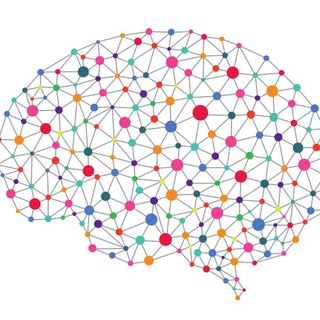2024-04-13 15:24:00
𝗦𝘁𝗮𝗰𝗸 𝗢𝘃𝗲𝗿𝗳𝗹𝗼𝘄 𝗔𝗿𝗰𝗵𝗶𝘁𝗲𝗰𝘁𝘂𝗿𝗲 𝗜𝘀 𝗡𝗼𝘁 𝗪𝗵𝗮𝘁 𝗬𝗼𝘂 𝗠𝗲𝗮𝗻 𝗜𝘁 𝗜𝘀
In the recent interview with Scott Hanselman, 𝗥𝗼𝗯𝗲𝗿𝘁𝗮 𝗔𝗿𝗰𝗼𝘃𝗲𝗿𝗱𝗲, 𝗛𝗲𝗮𝗱 𝗢𝗳 𝗘𝗻𝗴𝗶𝗻𝗲𝗲𝗿𝗶𝗻𝗴 𝗮𝘁 𝗦𝘁𝗮𝗰𝗸 𝗢𝘃𝗲𝗿𝗳𝗹𝗼𝘄, revealed the story about the architecture of Stack Overflow. They handle more than 6000 requests per second, 2 billion page views per month, and they manage to render a page in about 12 milliseconds. If we think about it a bit, we could imagine they use some kind of 𝗺𝗶𝗰𝗿𝗼𝘀𝗲𝗿𝘃𝗶𝗰𝗲 𝘀𝗼𝗹𝘂𝘁𝗶𝗼𝗻 𝘁𝗵𝗮𝘁 𝗿𝘂𝗻𝘀 𝗶𝗻 𝘁𝗵𝗲 𝗖𝗹𝗼𝘂𝗱 𝘄𝗶𝘁𝗵 𝗞𝘂𝗯𝗲𝗿𝗻𝗲𝘁𝗲𝘀.
But the story is a bit different. Their solution is 15 years old, and it is a 𝗯𝗶𝗴 𝗺𝗼𝗻𝗼𝗹𝗶𝘁𝗵𝗶𝗰 𝗮𝗽𝗽𝗹𝗶𝗰𝗮𝘁𝗶𝗼𝗻 𝗿𝘂𝗻𝗻𝗶𝗻𝗴 𝗼𝗻-𝗽𝗿𝗲𝗺𝗶𝘀𝗲𝘀. It is actually 𝗮 𝘀𝗶𝗻𝗴𝗹𝗲 𝗮𝗽𝗽 on IIS, which runs 200 sites. This single app is running on nine web servers and a single SQL Server (with the addition of one hot standby).
They also use 𝘁𝘄𝗼 𝗹𝗲𝘃𝗲𝗹𝘀 𝗼𝗳 𝗰𝗮𝗰𝗵𝗲, one on SQL Server with large RAM (1.5TB), where they have 30% of DB access in RAM and also they use two Redis servers (master and replica). Besides this, they have 3 tag engine servers and 3 Elastic search servers, which are used for 34 million daily searches.
All this is handled by a 𝘁𝗲𝗮𝗺 𝗼𝗳 𝟱𝟬 𝗲𝗻𝗴𝗶𝗻𝗲𝗲𝗿𝘀, who manage to 𝗱𝗲𝗽𝗹𝗼𝘆 𝘁𝗼 𝗽𝗿𝗼𝗱𝘂𝗰𝘁𝗶𝗼𝗻 𝗶𝗻 𝟰 𝗺𝗶𝗻𝘀 several times daily.
Their 𝗳𝘂𝗹𝗹 𝘁𝗲𝗰𝗵 𝘀𝘁𝗮𝗰𝗸 is:
C# + ASP. NET MVC
Dapper ORM
StaeckExchange Redis
MiniProfiler
Jil JSON Deseliazier
Exceptional logger for SQL
Sigil, a .Net CIL generation helper (for when C# isn’t fast enough)
NetGain, a high-performance web socket server
Opserver, monitoring dashboard polling most systems and feeding from Orion, Bosun, or WMI.
Bosun, backend monitoring system, written in Go
13.4K views12:24






